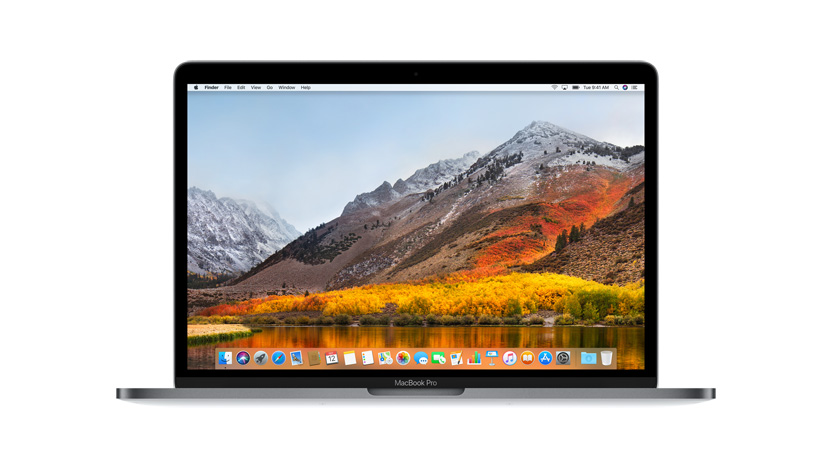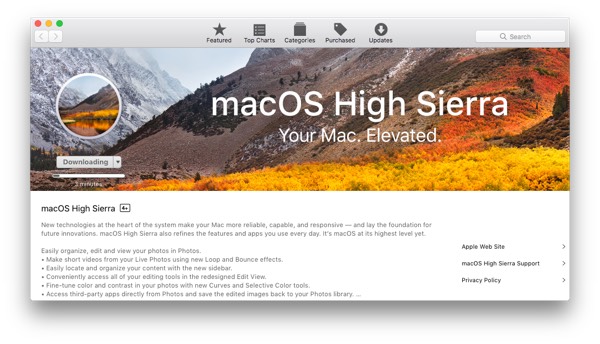

#Mac os high sierra for imac 4,2 how to#
Alternately, you could wait for the first High Sierra patch where, hopefully, we’ll see support return for installing macOS on RAID sets.Apple + How To + Recommended What to Do if Your Mac Can’t Run macOS Sierra
#Mac os high sierra for imac 4,2 install#
If you’ve been banging your head against a wall trying to figure out how to install macOS High Sierra to your RAID set, grab a roomy external drive (or two), let your family know that Saturday is cancelled, and get to work. My system is back up and running, albeit with files in odd spots (that 2TB RAID set is a necessity when your Photos library is nearly 700MB), without a drop in performance. Of course, this also meant I had to wipe out my Time Machine, which is a BAD IDEA that you should NEVER DO (but I’m stupid and impulsive like that when it comes to tech). What I did to preserve my data is transfer the libraries and folders over to my Time Machine external drive (since it was the only thing large enough to house it all). After which you convert each drive manually to APFS and pair them in a RAID set once more. If you have a Striped RAID set like me, this means deleting all the data (which you’ll ultimately need to do anyway to get rid of the unused system files). For that to happen, you have to break the set in Disk Utility.

The Frustrating as you can access your old data, your RAID set still can’t be converted to APFS. Otherwise, High Sierra will create a new, empty one for you. Just make sure that, when you open the programs, you hold down the Option key and select the location of the original library. Unless you have already started saving new data to the drive with High Sierra, you can go ahead and delete them from your new boot drive.

Your personal libraries are going to be the biggest (Movies, iTunes, and Photos). The only thing to do once that happens is to dig through and manually delete files. I went from having a completely empty spare drive to having barely any space at all left on my iMac. You’ll have a (mostly) cloned system with duplicates of all of your data. In case you’re like me, though, and ignore that advice, you’re going to end up with a nasty surprise when High Sierra (finally) completes transferring data hours later. The good news is that if you install High Sierra on a SSD, it will automatically be converted to APFS, Apple’s new, speedy, file system. Remember, once you install High Sierra on the target drive, you’ll be able to access your files in the RAID set again. Unless you have enough room to transfer your entire system, resist the temptation to pull over tons of files when the “Transfer Data to your Mac” assistant pops up during installation. You can even use an external drive, but make it a fast one, because it’s going to be your new boot drive (alternately, if you have a really big extra drive, you can clone your data to that drive, install High Sierra on that, then clone everything back to your RAID set). The installer needs 5GB of space, so plan accordingly. If you're lucky enough to have additional storage installed on your iMac, you can load High Sierra on that drive.


 0 kommentar(er)
0 kommentar(er)
